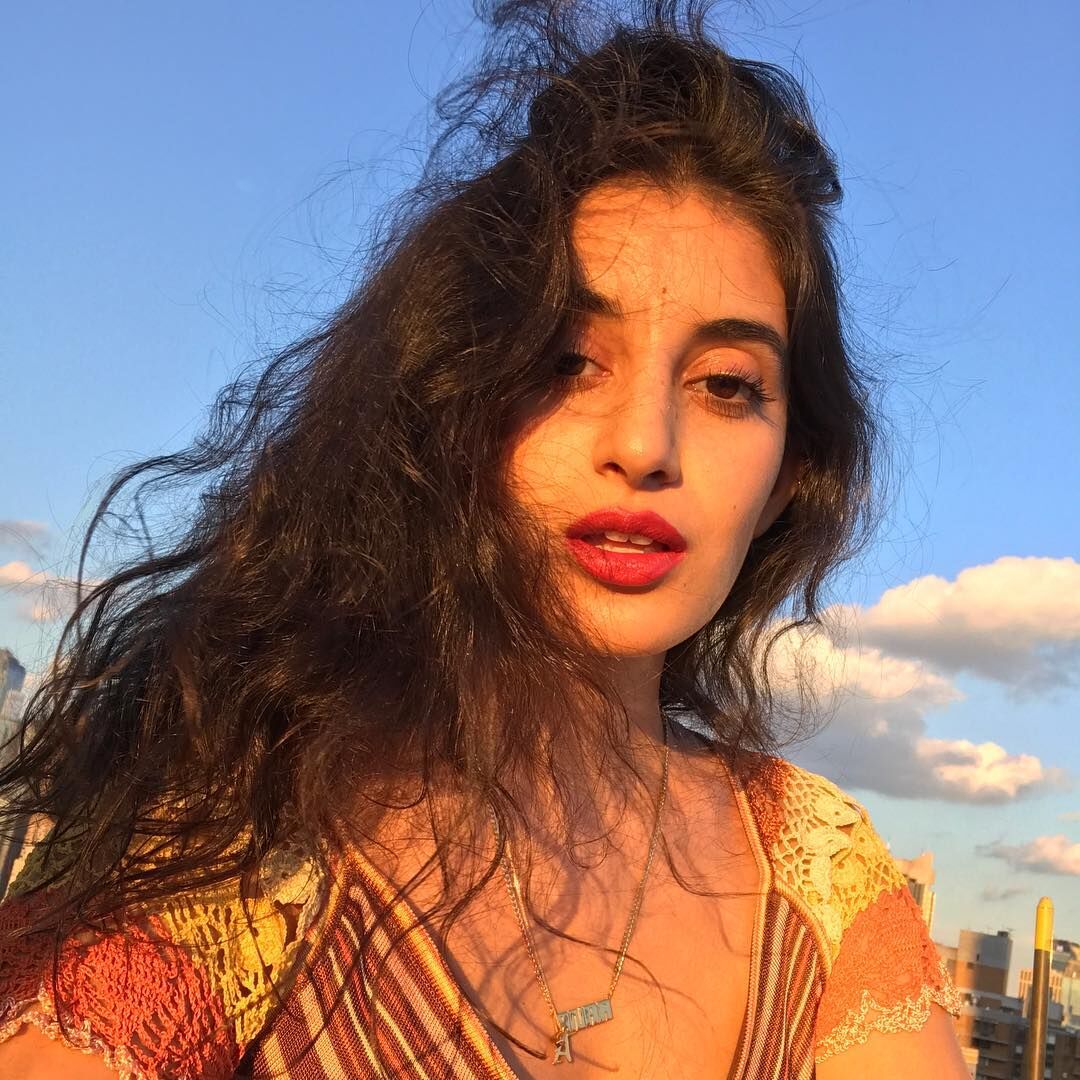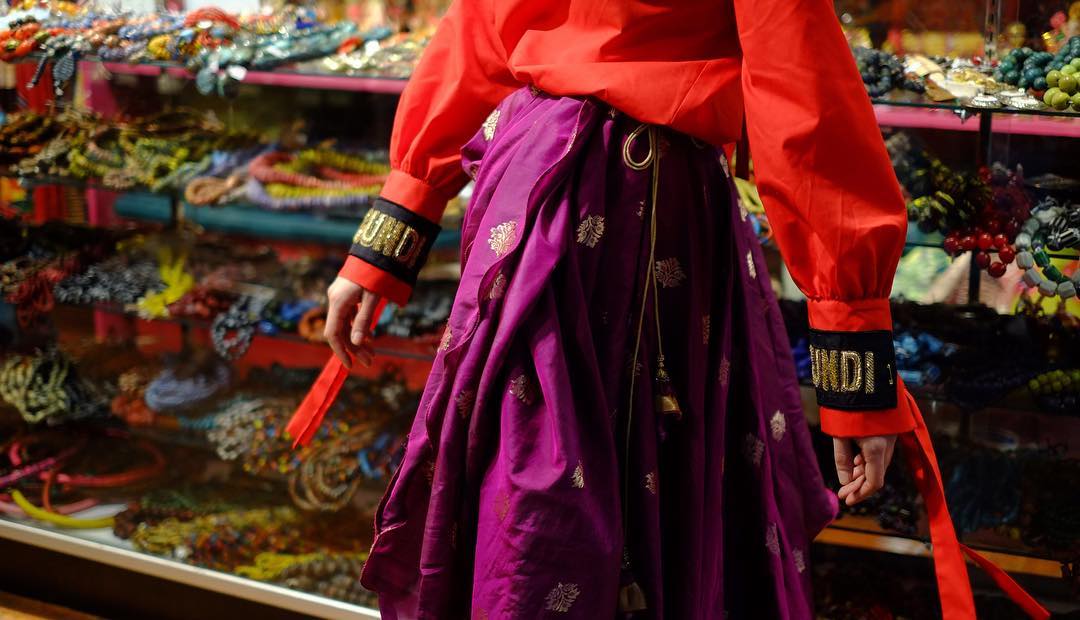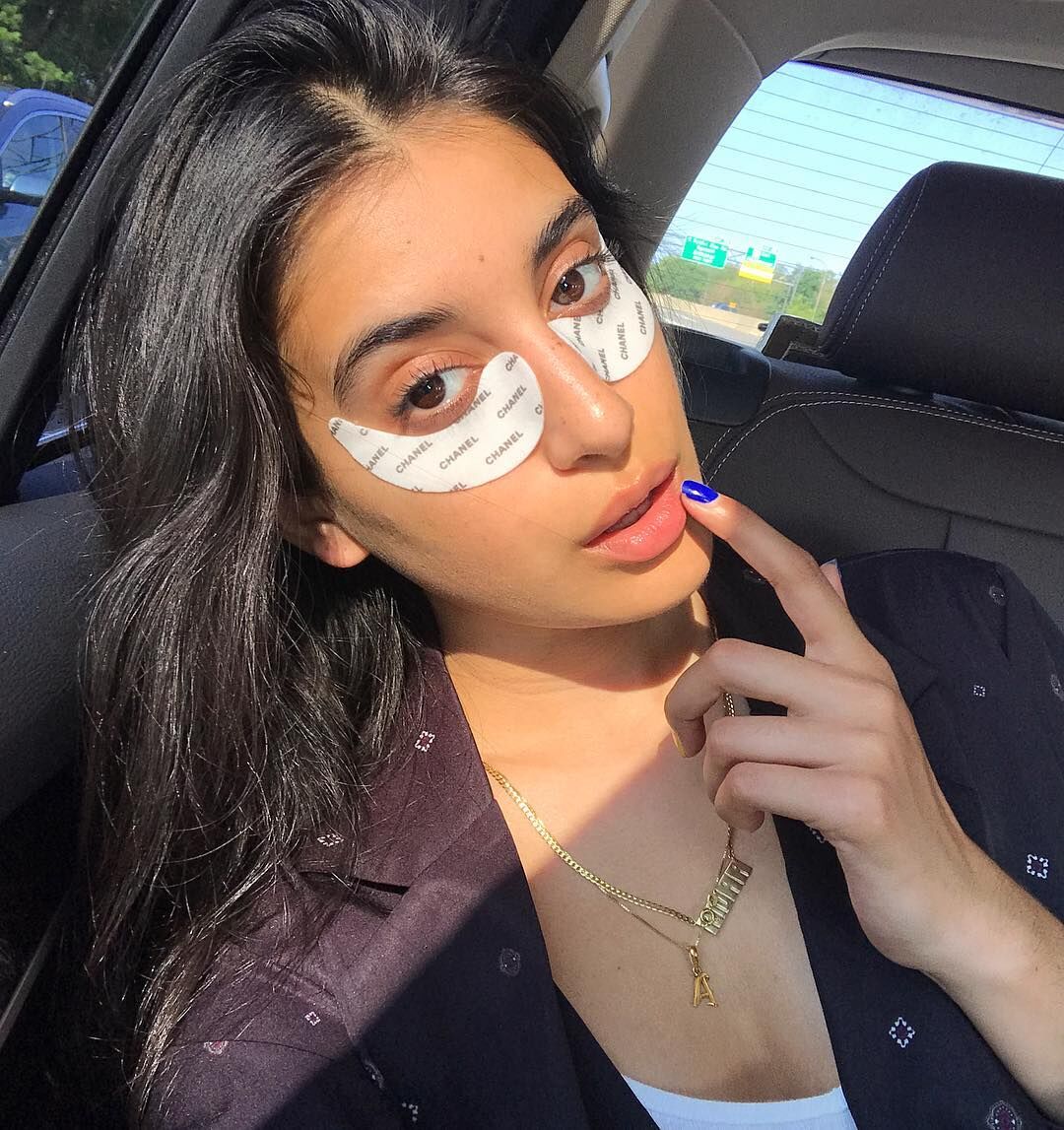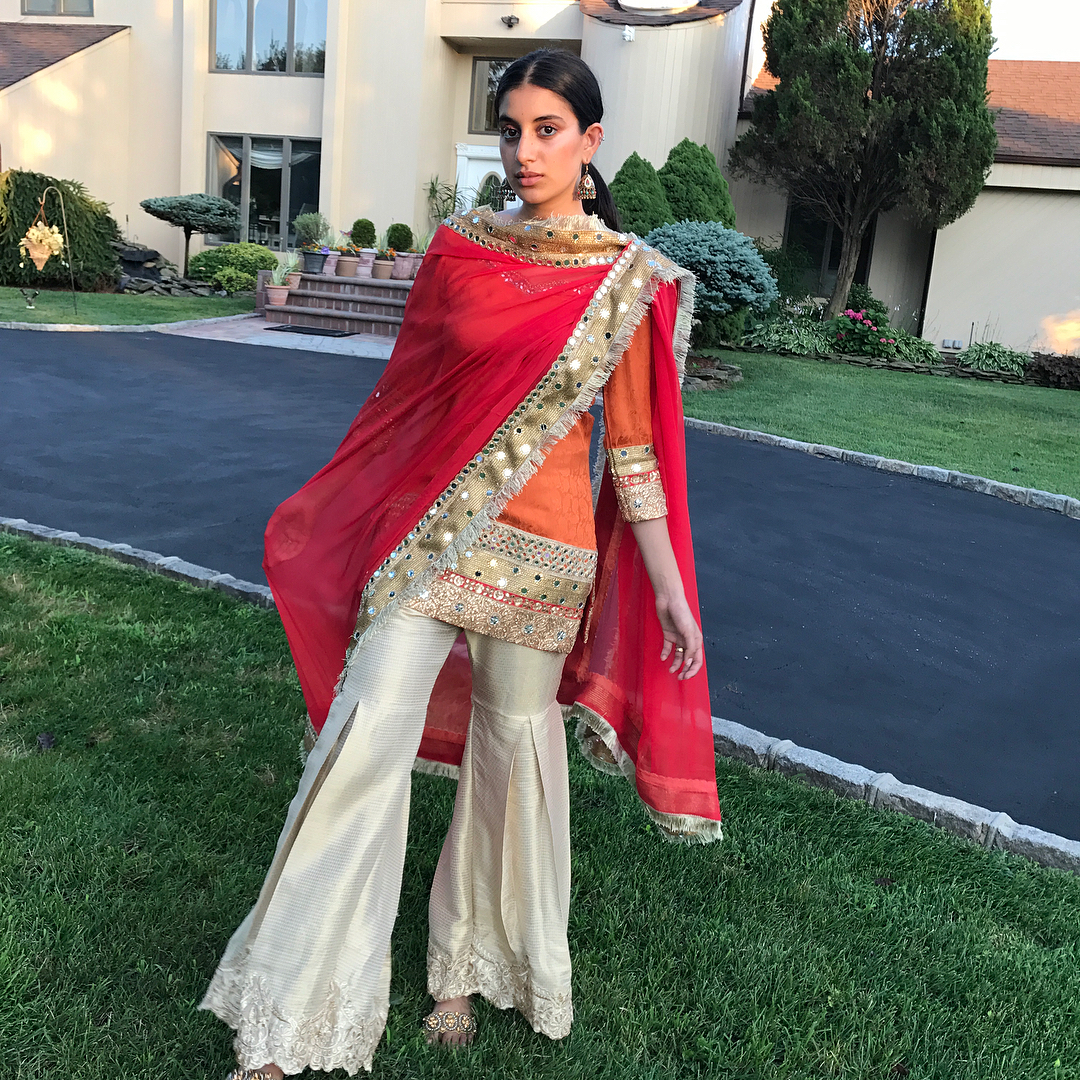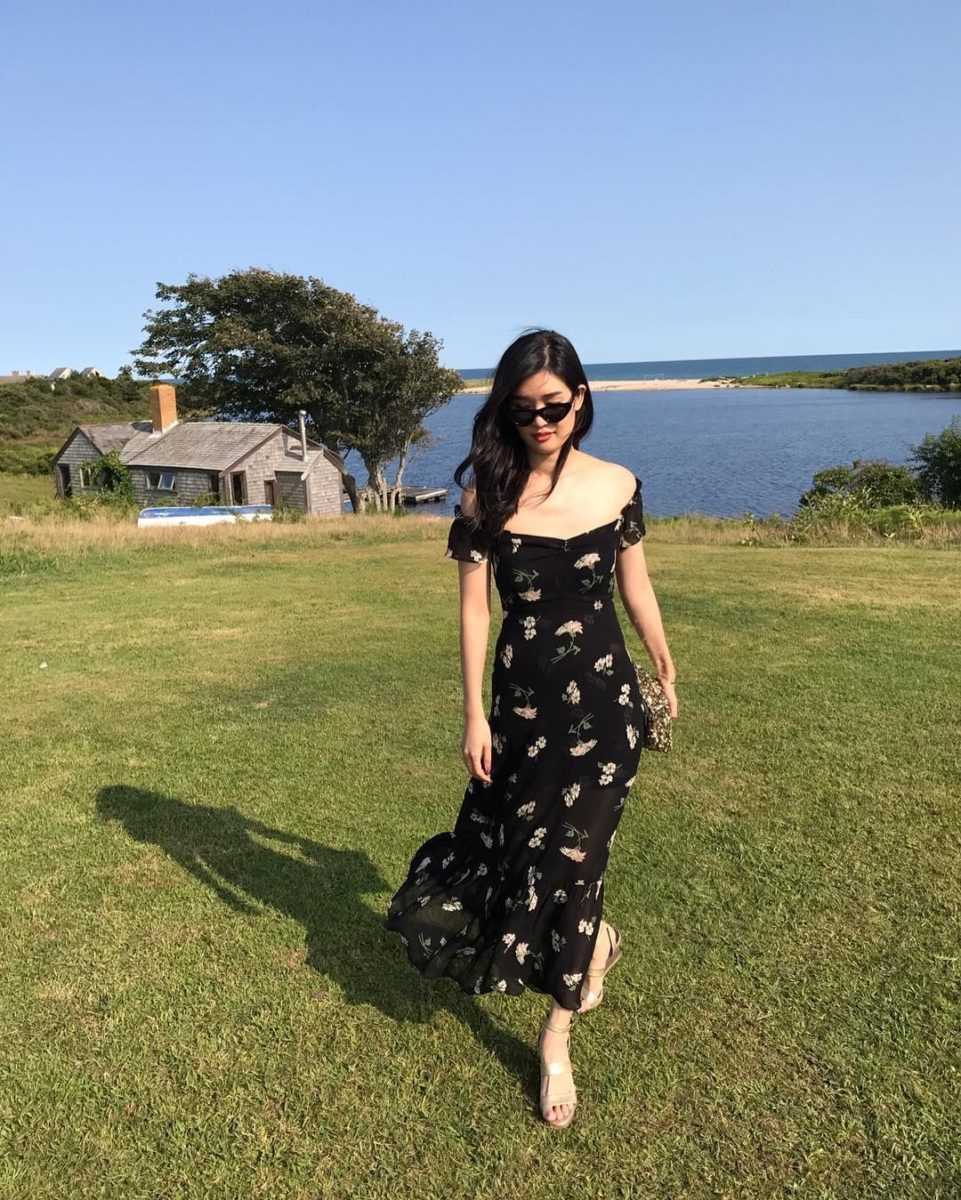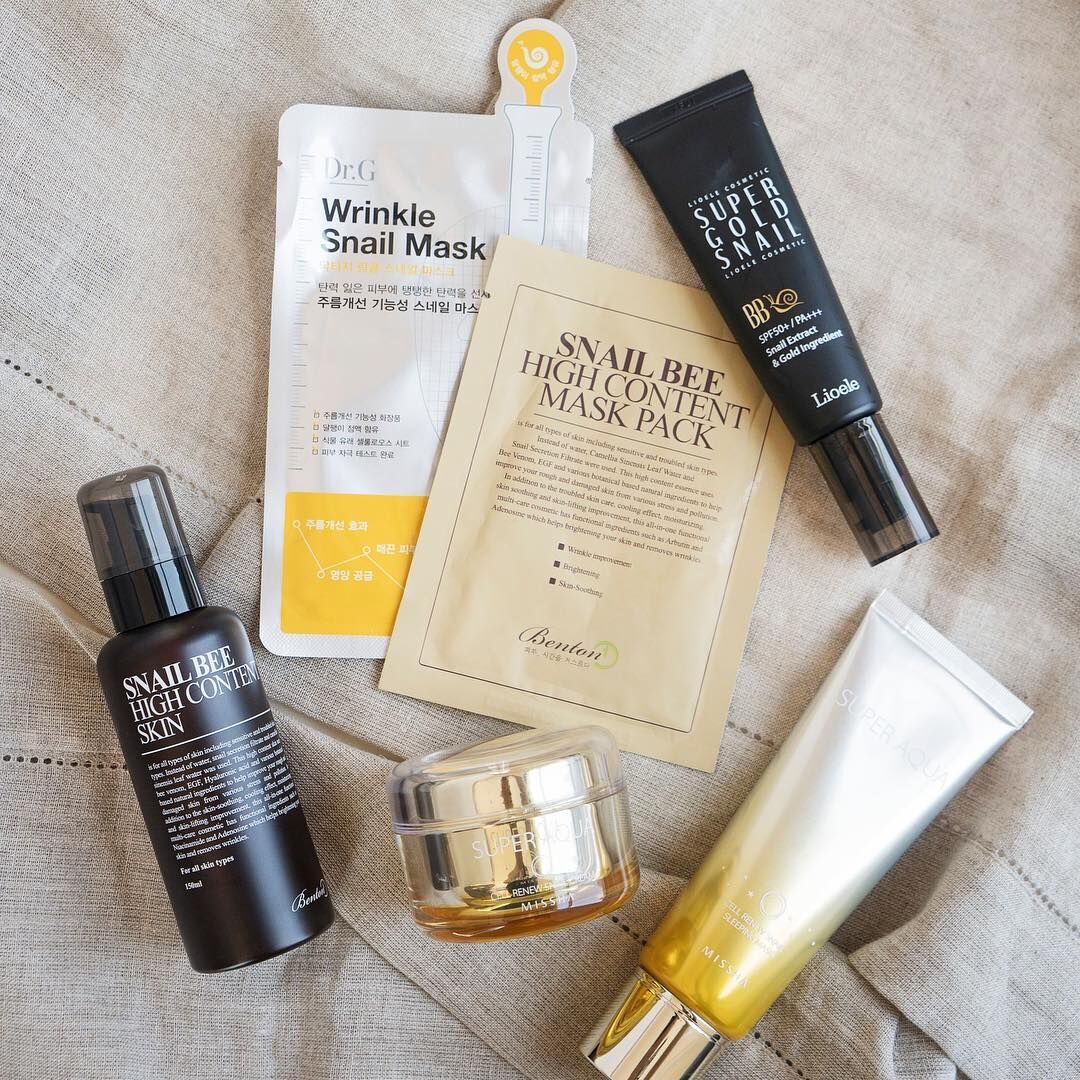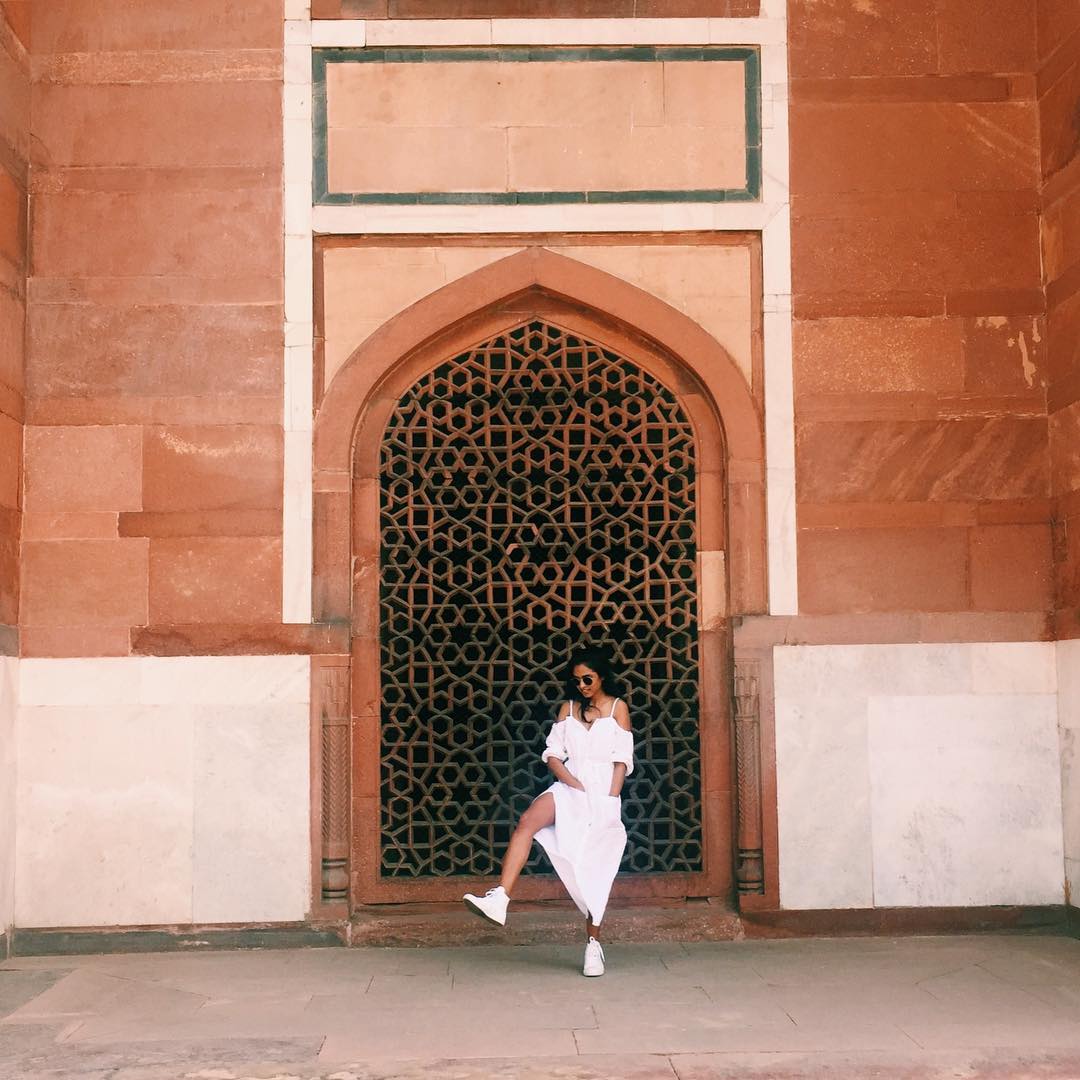Five beauty gurus break down beauty standards around the world from Sweden, Pakistan, South Korea, and beyond.
We all know that beauty is in the eye of the beholder; this old adage, however, takes on a more literal meaning when we consider the diversity in opinion about what makes a person “beautiful” around the world. Culture to culture, physical features are emphasized and cared for in different ways, and people (particularly women) experience different pressures to appease standards—and often different restrictions on self-representation—depending on where in the world they find themselves. To brush up on the variance and similarity in beauty criterion around the world, we turned to the experts: five women with roots everywhere from South Korea to Chile and back.
Anaa Saber, Pakistan
Concept Editor at The TOBE Report and founder of Our Second Skin
What is unique about beauty standards in Pakistan?
Pakistan’s history has a strong influence on its beauty standards. Beauty standards that have persisted are largely rooted in its colonial past, where feminine beauty was defined as having fair skin, almond eyes, long hair, and a petite figure. Standards in Pakistan and America definitely vary; America has a diverse population which means the concept of beauty is more heterogeneous. In Pakistan, since there isn’t a lot of ethnic diversity, the yardstick for what is ‘beautiful’ is fairly homogenous.
Do you think that women feel pressure to look a certain way in Pakistan? If so, why is that?
Since most areas are quite conservative, there is pressure to dress modestly and be well-groomed at all times. Marriage is also a large pressure in Pakistani society, and for women, this means they have to look a presentable way in order to be considered suitable for marriage.

What do you love about beauty in Pakistan?
I love how easy access everything is in Pakistan. For example, you can walk into any salon in Pakistan and get a manicure and a pedicure, get your eyebrows done, and get a blowout—all for under $15. It’s incredibly inexpensive. In the U.S. people tend to go to salons only when necessary or for a special occasion, but this is a common ritual in Pakistan.
What do you not like about beauty in Pakistan?
Many women have this obsession with being fair; lightening and bleaching is a multi-million dollar industry. I grew up in the U.S., where we think pale is ugly, but Pakistanis feel the same way about being dark. It’s a taboo subject that bothers me because all skin colors have their own beauty.
How does hair fit into the conversation about beauty standards in Pakistan and beauty standards for South Asian women in the States?
I’ve had a difficult relationship with body hair. Body hair is almost taboo in Pakistani culture. There is a lot of pressure on women to undergo painful and time-consuming rituals of waxing, tweezing, and threading every last body hair. I felt a lot of this pressure growing up. Now, I’m more comfortable with the idea of not putting my body through that torture routinely. I think this is partly because I live in New York City where women are more likely to not conform to societal norms by removing their body hair. That being said, I can count on one hand how many Pakistanis I know who don’t get their eyebrows done—including me.
What does your beauty routine look like?
My beauty regimen focuses heavily on skincare, with minimal use of makeup. In the summertime, in particular, I like to let my skin breathe, since healthy skin is my main priority. It sounds crazy but I barely ever wash my face (unless I’m wearing makeup of course). I use a variety of oils, moisturizers, creams and drink a lot of water. Luckily for me, I never grew up with bad acne, though I have always struggled with hyperpigmentation, as do many Pakistanis.
Is there anything in your beauty routine that you think is unique to Pakistan?
Of course! Pakistanis are known for their long silky hair, so every weekend I put almond oil in my hair. A tip: only purchase hair oils from South Asian grocery stores. Along with that I love to wear kajal (black coal eyeliner). I refuse to wear black eyeliner from the U.S.—the creamy pigment that kajal has is unlike any products in the U.S. (and can also be found at a South Asian market).
What do you think the rest of the world could learn about beauty from Pakistan?
Beauty products in Pakistan are largely derived from nature contrary to the chemicals in most products in the U.S. Natural recipes for face masks and hair products, for instance, have been passed down for generations from our grandmothers and mothers. The western world is only now catching up with this trend, with Desi products such as turmeric that are now all the rage among Hollywood celebs. When I see this I sort of chuckle to myself because my ancestors have sworn by natural remedies for years and people are only now starting to catch on.

Charlotte Cho, South Korea
Co-founder of Soko Glam & author of The Little Book of Skin Care
What is unique about beauty standards in Korea?
Korean people really value a skin-first philosophy, that is figuring out the root of the condition instead of covering it up with makeup. As a result, the priority is hydrated, healthy, youthful-looking skin. As a Korean-American born and raised in California, I always felt that this skin-first mindset was so unique.
In your experience, are the beauty standards in Korea different from beauty standards in the U.S.?
In the U.S., caring for skin often isn’t something that happens until problems start to surface, like the onset of acne or wrinkles, but that’s starting to change as people gain more awareness about what makes skin healthy—thanks in part to influence from Korean skincare. In Korea, having a beauty regimen is almost like a lifestyle, and people start incredibly early as children. It’s all about taking action before problems start. In Korea, caring for skin is taken for granted as a part of one’s overall health, like brushing your teeth.
What does your beauty routine look like?
I follow the Korean multi-step routine, which often includes an oil cleanser, a water-based cleanser, toner, exfoliator, essence, serum, sheet mask, eye cream, moisturizer, and sunscreen. I don’t have to use 10 steps every morning and night–it’s really a sequence of steps that I could potentially use, depending on my skin concerns and needs at the time.
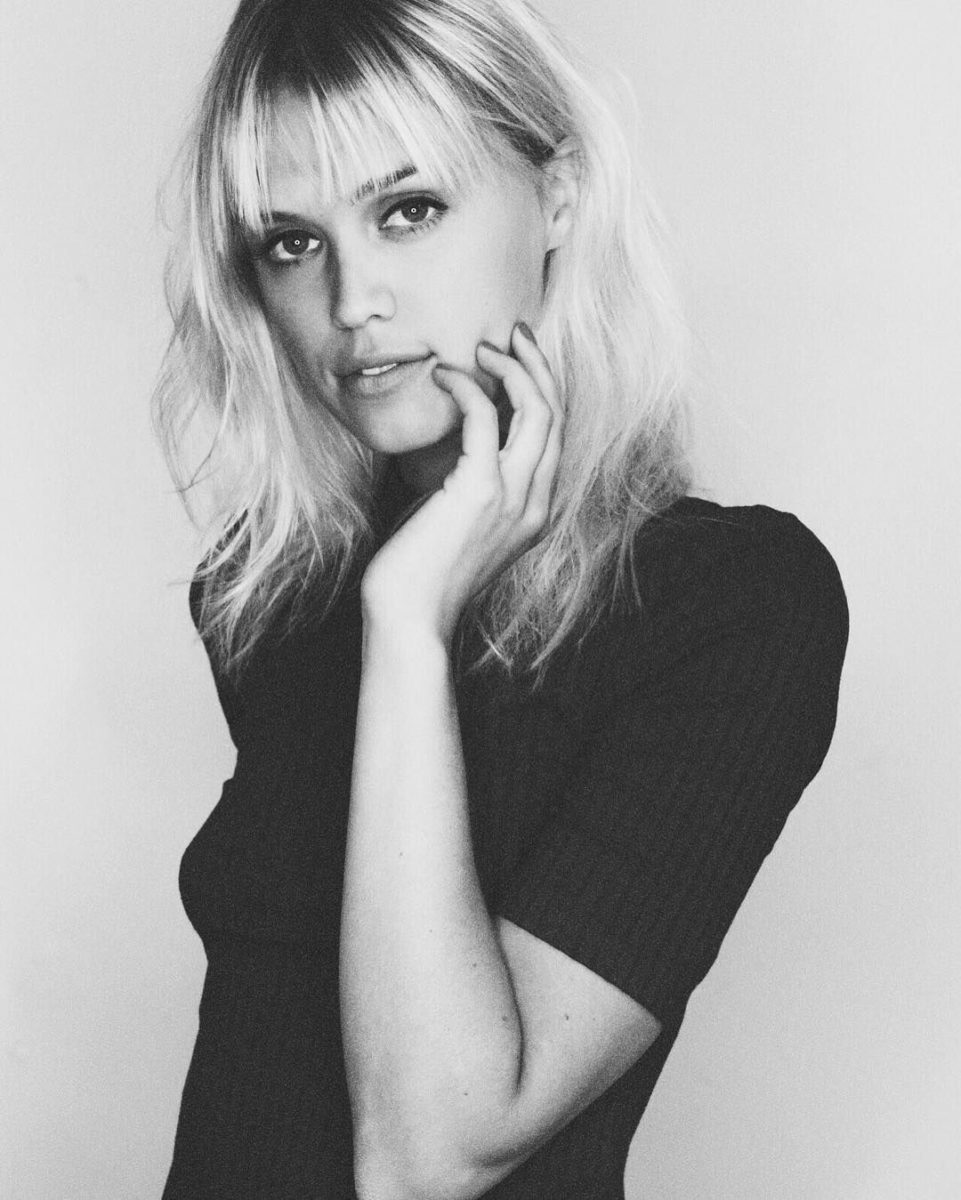
Susanne Holmsäter, Sweden
PR and Events Manager at Tictail
What do you love about beauty in Sweden?
I love to see fashion and beauty campaigns challenging the norm. I also love that Sweden has so many great brands that produce beauty products in ethically and environmentally friendly ways! I think Sweden has been the home of a lot of good initiatives from both brands and individuals taking a stand for the environment and I would like to think that it is because Sweden is a place that rewards people who challenge norms.
Do you think the rest of the world has stereotypes or preconceived notions about beauty standards in Sweden? If so, what are they?
Sure, a good example of this is often seen in movies featuring a tall, blonde Swedish girl (usually dressed in a swimsuit), eating meatballs at IKEA. Just kidding… but not really.

What does your beauty routine look like?
To me, a beauty routine is about finding time to slow down and take care of both my body and soul—like a calm Sunday morning, when there is time to take that long shower, prepare a good breakfast, read the news and just relax. To me, the bathroom has to be an inspiring place as well, to make the more practical aspects of a beauty routine fun.
I use little dishes from a brand called Camilla Brøyn I discovered on Tictail, where I keep my pads and q-tips. My go-to products include an oil that I use on my face after washing, which I do with a light cleanser. I have very dry skin and this helps both with that and leaves a nice, light glow. Other than that, I make sure to take care of my hair—it’s key to have a good hair-oil like Loelle’s Argan oil and once weekly hair mask on hand.
What do you think the rest of the world could learn about beauty from Sweden?
Sweden is really progressive when it comes to considering the environment in the production of beauty products. Not only do we see great products that are good for the environment, but these products have not been tested on animals and the brands remain responsible throughout the entire production chain. A good example is Sundlof, a company that has only ecologically-friendly products.
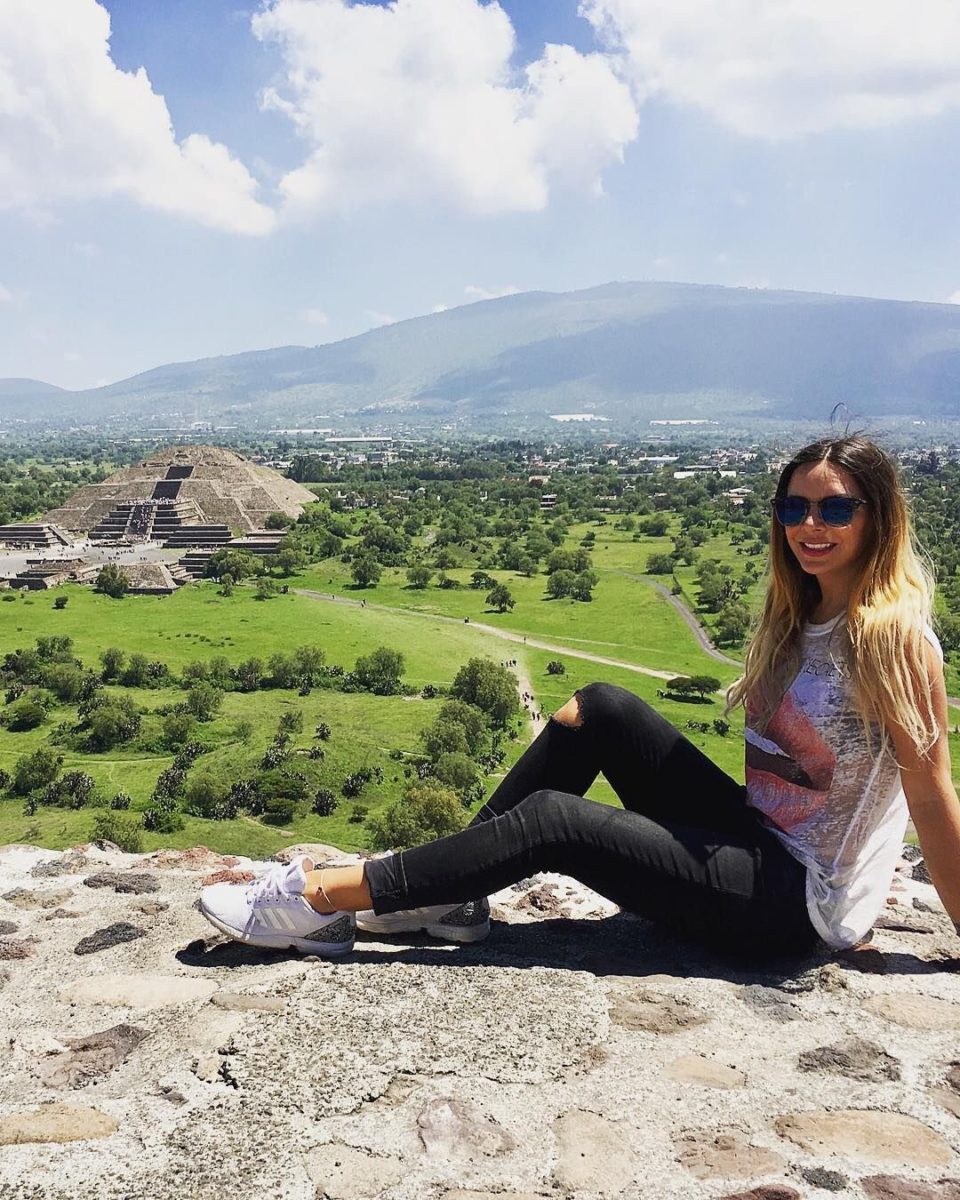
Ignacia Uribe, Chile
Former Editor in Chief of Cosmo Chile, founder of plant-based diet foundation Vegetarianos Hoy
Do you think that women feel pressure to look a certain way in Chile?
Some years ago, women felt pressure to be thin in order to be beautiful. But I think that has changed, and today more and more women embrace their bodies instead of fighting against them, wanting to make them stronger and healthier. Today, to be beautiful in Chile is to be healthy.
What do you love about beauty in Chile?
I love that we have faces with mixed blood from all over the world: Spain, Italy, Croatia, Haiti, Germany, Polynesia, and more.
Do you think the rest of the world has stereotypes or preconceived notions about beauty standards in Chile, or Latin America more broadly?
The rest of the world tends to think of Latin America as just one country—that we all speak and look alike. But we are very different from one another, and every country has its own beauty and its own unique beauty standards. In Chile, and for me in particular, it’s very much about being healthy and treating our bodies well.
What does your beauty routine look like?
I have been a vegetarian since the age of 17, and I try to eat as healthy as I can. I use many beauty products in the morning and in the night, for my face and hair, but the biggest thing for me is that they must always be cruelty-free. I go to the gym 3 times a week and try to exfoliate my skin once a week.
Is there anything in your beauty routine that you think is unique to Chile?
I don’t use a lot of makeup. I don’t believe that is unique to Chile, but many women do the same here.
What do you think the rest of the world could learn about beauty from Chile?
From Chile, the rest of the world can learn that beauty is to be happy, healthy and unique. And that taking care of yourself is part of taking care of the world.

Natasha Sumant, India
Designer at Away, Artist at Gundi Studios
When I say the phrase “beauty standards” what do you think of, and what connotations does it have?
Tall, blonde, white girl or Giselle. To me, it has negative connotations because it is so subjective.
What is unique about beauty standards in India?
I think everyone aspires to be fair-skinned and thin. In India as in the middle east, being soft and hairless is a pretty common beauty norm. Having perfectly threaded eyebrows, and waxed arms and legs. In the west, women don’t tend to shave or wax their arms, and when I moved here from India I always found that odd.
Are the beauty standards in India different from beauty standards in the U.S.?
A little but not a lot. You need to be skinny, tall, light-skinned, and have long, thick hair. Skin bleaching is really common and there’s an entire industry of lightening creams. Indians are discriminatory towards each other based on skin tone; there is an acceptable level of brown you can be. Light skin supposedly means that you are superior and wealthy because you don’t have to work in the sun. This thinking is a product of colonialism and is perpetuated by Bollywood, which idolizes light women. In the States, though, people generally aspire to be more tan. Tanning salons are just so ironic to me.

Have you personally felt pressure to look a certain way because of beauty standards associated with Indian women? What has that felt like?
I’ve certainly felt that pressure as I’m from the south and am naturally dark-skinned. When I was a kid, my mother made me body masks out of lemon and besan to remove the tans I would get from soccer practice. As a teen, I felt ugly when I was tan, and I sometimes still have to actively deconstruct this because it’s so deeply ingrained. Succumbing to those beauty standards has felt restrictive to my freedom and destructive to my self-esteem. I love water sports and the beach but I would either stop myself from doing those things or get upset if I did tan after an activity like that.
What do you love about beauty in India?
All the treatments, especially hair masking and Ayurveda, which are all considered part of self-care. It’s all seen as a way of taking care of your body, less like a luxury, the way it’s seen here in the west. Women take a lot of time to take care of themselves whether they’re really poor or wealthy. Everyone puts coconut oil on their hair, and oil massages are common no matter your class.
What do you not like about beauty in India?
The remnants of colonialism, the obsession with light skin and the lengths people go to get it and how it really affects people’s self-esteem.
Do you feel beauty standards in India are impacted by beauty standards in the U.S. or vice versa?
They’re totally impacted by beauty standards in the west. A lot of American TV airs in India (also everyone has access to the Internet now) and so certain American standards have seeped into Indian beauty standards, especially the emphasis on being skinny. It’s pretty apparent between generations. Grandparents who were born in colonial India think the younger generation is starving themselves. Past standards required women to be voluptuous, with big boobs and large hips, much like the old statues you might see in ancient temples. Now, every girl is trying to look like Cara Delevingne, with thick eyebrows and really skinny bodies. I’ve seen some people trying to look like Kim Kardashian, too.
What is your beauty routine?
I prioritize skincare over makeup. I’ve recently adopted a Korean beauty routine, which has been working really well with my skin. I cleanse my makeup off with coconut oil, wash with tea tree-based cleanser, slap on snail essence and moisturizer. For makeup I do BB cream, highlighter, fill in my brows, mascara, winged liquid liner, and a bold or nude lip depending on how many accessories my outfit for the day has.

